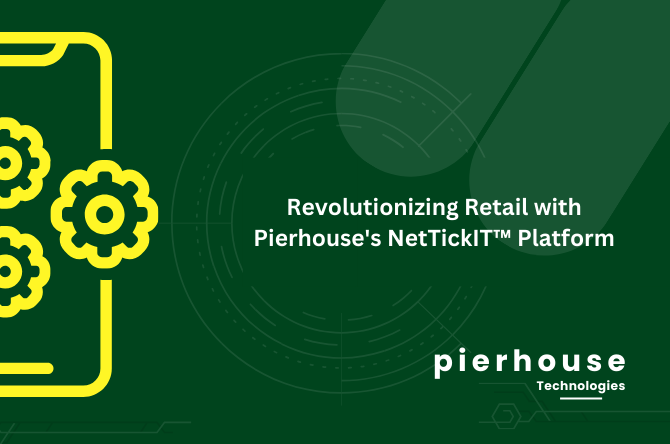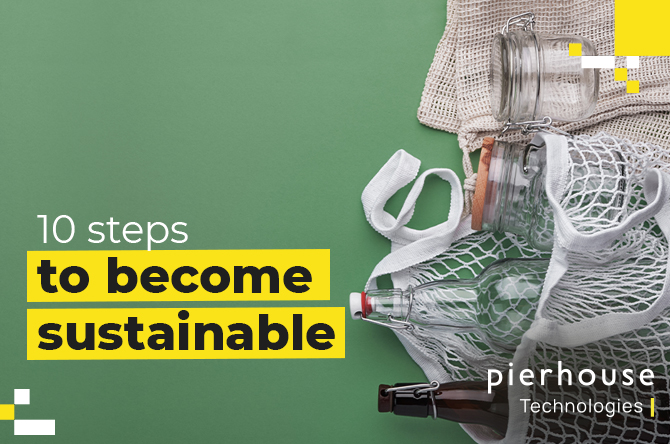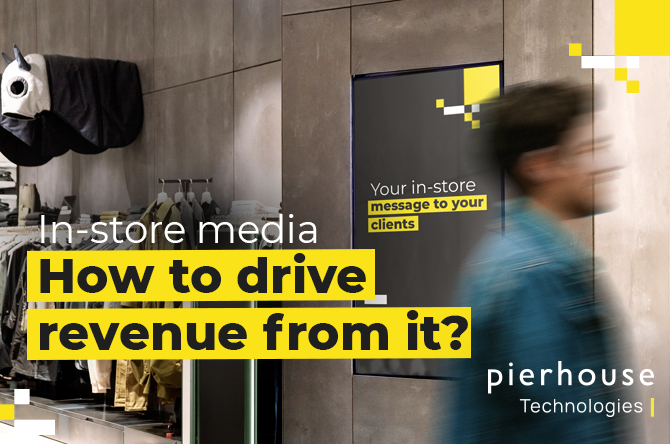According to a report in The Grocer the big 4 have opened nearly 10% more convenience stores year on year. That’s nearly three times the growth rate of Co-ops and symbol stores. Unaffiliated stores have actually shrunk by 2%. Can the Co-ops and symbol stores fight back?
Everybody wants convenience
The value of the UK c-store sector has grown by 4.9% according to IGD and it predicts compound growth of 5.3% up until 2018. This makes it a very attractive market for the big 4 and other supermarkets. They now have over 3,300 c- stores with several multiples planning to open 2 or 3 new stores every week. Co-ops and symbol groups do not have a choice. They have to response to this competitive threat.
Start with the customer
The start point is to understand what shoppers really want and care about. Price is obviously a key factor but it’s importance is strongly linked to how convenient it is for the shopper to buy a product from one store compared to a competing store. Understanding what the word “convenient” means to shoppers is the key to successfully responding to the multiples.
Location and the proximity of other stores that sell the same product is an obvious start point for “convenient” but as competitors open more stores nearby the pressure to have similar pricing grows. However, price on it’s own only becomes a factor if all other things are equal. So what are some of those unequal things that can make a significant difference and get fewer shoppers to leave your stores without making a purchase and those who do buy spend more?
Adding value and being different
“Convenient” to a shopper is all about adding value and helping them to do things more easily while believing that they are making good product buying decisions. The model for doing all three things well is Amazon. Co-op’s and symbol stores can learn a lot from how Amazon works and apply some of the techniques in their stores. For example the most powerful weapon that Amazon successfully uses to convince customers to buy are recommendations and ratings from other customers. This technique can also be used in Co-ops and symbol stores. It can work particularly well if some recommendations and ratings come from shoppers local to that store.
Getting recommendations
Amazon very actively encourages recommendations for new products to get sales moving quickly and they use a number of techniques to make this happen. Local Co-ops and symbol stores can do the same thing but add a twist by offering local customers “free” products to evaluate. This will help increase sales by adding value to shoppers and interest to the community around the store because shoppers will talk about it.
Another Amazon technique that Co-ops and symbol stores can use is “customers who bought this also bought this”. It’s a very powerful tool to increase basket size and done well works for food and other product areas. A similar model of suitable associated products but without specific endorsements can also work. For example the POS for a wine could say “goes well with beef – don’t forget the horseradish”. As well as selling the wine two other items could also be sold. That’s a potential 20% increase in the basket average.
Increase customer visits
Another way to get shoppers to visit your stores more often is to offer a different set of recommendations every few days with strong promotional signage. The obvious example is packaging meal deals where convenience is added because shoppers will not have to decide what to have for dinner, they just need to come into your store. The same packaging tactic can also be used in non-food areas such as cleaning products, matching kitchen appliances, compatible electronic equipment, DIY and a wide range of others. The big difference from a typical “meal deal”is that these packages do not have to always involve a price reduction, particularly when it’s regarded as very “convenient” and helpful by the shopper.
Promotions
Shoppers like promotions, or to be more precise, they like promotions that they can easily understand and believe deliver good value. Poor promotions will not deliver the sales numbers and can result in shoppers distrusting the store and potentially shoppers elsewhere. Getting promotions right is crucial.
Every promotion needs to be a good promotion that shoppers will trust. This means that retailers need excellent processes and appropriate software such as NetTickIT from Pierhouse to make this happen across their entire estate. The processes need to be simple and quick for store staff and easy to change for buyers and marketing staff at head office.
Retailers who really know their customers and use that knowledge to always provide the maximum convenience to shoppers through smart promotions will be in a much stronger position to respond to new competitors.
If you would like to know more about how to use promotions as a key weapon to respond to new competitors please contact us.




